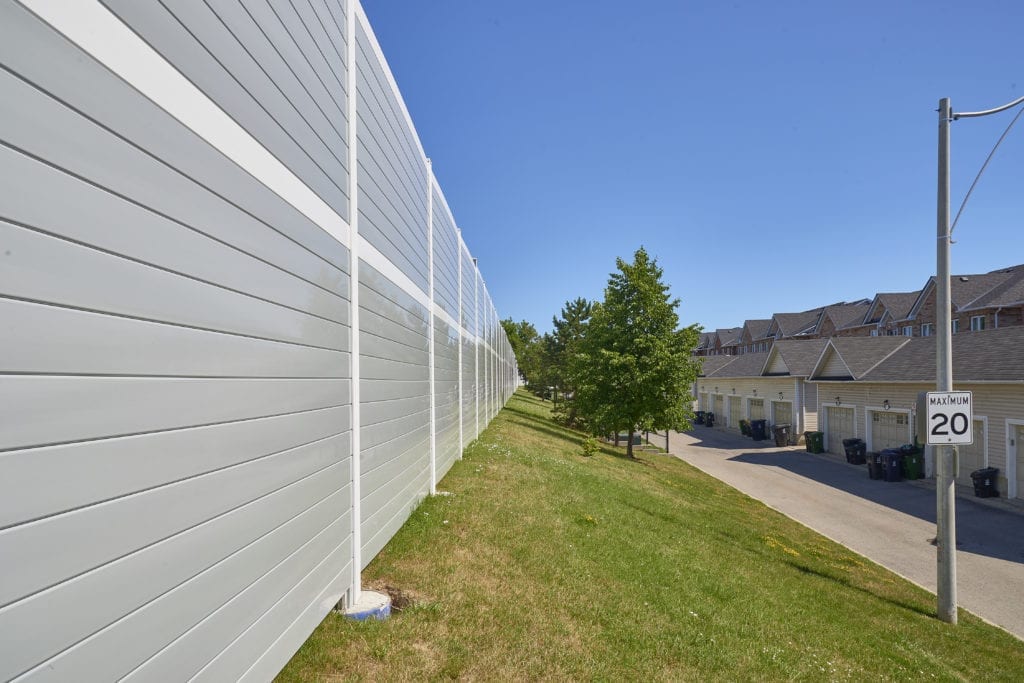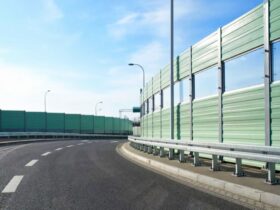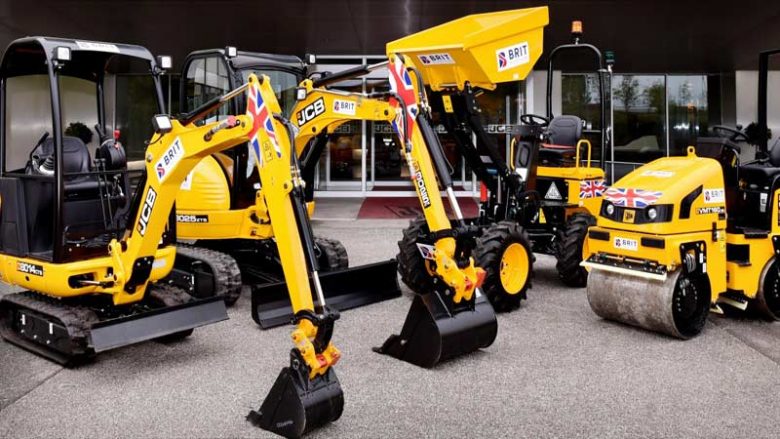There’s nothing quite like the buzz of a big event. Whether it’s a summer music festival, a high-stakes football match, a bustling trade fair, or even a public demonstration, large-scale gatherings bring energy, excitement, and, unfortunately, a fair bit of unpredictability. With hundreds or even thousands of people gathered in one space, things can quickly spiral into chaos if crowd control isn’t taken seriously.
That’s where temporary fencing solutions come into play.
Often underestimated, temporary fencing isn’t just about putting up metal barriers and hoping for the best. When used strategically, it becomes a powerful tool to keep foot traffic flowing, prevent overcrowding, protect restricted areas, and create a safer, more enjoyable experience for everyone involved.
Why Use Temporary Fencing in the First Place?
Let’s start with the basics. Temporary fencing offers several key benefits:
- Quick installation and removal: Perfect for events with short set-up and pack-down times.
- Flexible and modular: You can easily reconfigure layouts as needed.
- Cost-effective: Especially compared to permanent installations or building physical walls.
- Reusable: Great for event organisers who manage multiple events annually.
And most importantly, portable fencing gives you physical control over how people move, where they can go, and how fast they get there. In crowd control terms, that’s gold.
Plan Your Fencing Like a Crowd Architect
Throwing up barriers without a plan is a rookie move. Before the first panel is installed, take time to study your venue’s layout and anticipate how the crowd will behave throughout the event.
Ask yourself:
- Where will people enter and exit?
- Which areas are likely to see the most foot traffic?
- Where do you expect people to queue?
- What needs to be kept off-limits—stages, staff-only zones, electrical set-ups?
- Are there natural pinch points or choke zones that need reinforcement?
Then sketch out a fencing strategy. You don’t need to be an engineer, but thinking like one certainly helps. Your fencing layout should guide people intuitively, like a gentle nudge rather than a hard shove.
Types of Temporary Fencing and When to Use Them
Not all temporary fencing is created equal. The type you choose depends on the nature of your event, the size of your crowd, and how much security you need.
1. Pedestrian Barriers (aka Crowd Control Barriers)
These waist-high metal barricades are ideal for forming queues, guiding people towards entrances and exits, or separating walkways from restricted areas. Light, easy to move, and stackable—these are your go-tos for general crowd shaping.
2. Temporary Mesh Fencing
Taller than pedestrian barriers, mesh fencing is typically used to cordon off construction zones, backstage areas, or VIP sections. Often used with privacy screens, these fences are great when you need visibility control as well as access control.
3. Anti-Climb Panels
Used where security is a concern—think performer areas, beer gardens, or sensitive equipment zones. These fences have tight mesh patterns and greater height to discourage climbing and keep things secure.
4. Hoarding Panels
These solid panels offer both privacy and branding opportunities. Often used around event perimeters or along high-traffic walkways, they can double up as ad space or wayfinding boards.
Each has its place—many large events use a mix, depending on the area and the level of control needed.
Key Zones to Fence Off
When designing your layout, be strategic about fencing placement. Some essential zones include:
- Entrances & Exits: Use fencing to form orderly lanes and prevent overcrowding.
- Stage Areas: Protect performers and equipment from unauthorised access.
- First Aid Stations: Keep them easily accessible but secure from large crowds.
- Toilet Blocks & Food Courts: Queue systems are a must.
- VIP or Staff Areas: Use higher-security fencing with designated checkpoints.
- Perimeter Fencing: Secure the entire event boundary and control points of entry.
It’s not just about containing people—it’s about creating a clear, logical flow.
Signage: The Unsung Hero
Fencing alone can’t do all the talking. Pair your fencing layout with clear, visible signage to direct foot traffic and keep people informed.
Signs should be:
- High enough to be seen over crowds
- Simple, with large text and directional arrows
- Multilingual (if your crowd is diverse)
- Positioned at eye level at key decision points
This helps reduce confusion and tension, especially when people are tired, tipsy, or simply overwhelmed.
Don’t Skip Human Oversight
No matter how well your fencing is laid out, it won’t manage the crowd for you. Place trained staff or stewards at key points to:
- Monitor crowd behaviour
- Assist in emergencies
- Provide directions and general support
- Intervene quickly if bottlenecks form
The combination of smart fencing and human supervision is what keeps events running smoothly.
Adapt On the Fly
Here’s a hard truth: crowds are unpredictable. You may have planned for every possibility, but once the event kicks off, things can change rapidly.
- A sudden surge of people at one gate
- A bottleneck forming near the merch table
- A popular act drawing more people than expected
This is where temporary fencing really shines. It’s mobile, modular, and easy to reposition. Keep spare panels on standby, along with a team ready to act. The ability to adapt quickly can prevent small problems from becoming major safety risks.
Post-Event: De-Rig with Care
Once the event wraps up, fencing should be dismantled systematically. Don’t just rip it all out at once. Maintain secure perimeters until the crowd has dispersed and the site is clear. Only then should the fencing crew begin breakdown.
Also, inspect your fencing for damage, especially if you’re planning to reuse it. Many providers offer condition assessments and maintenance services if you’re not handling it in-house.
Final Thoughts
Using temporary fencing effectively isn’t just about putting up barriers—it’s about designing a flow, anticipating behaviour, and prioritising safety. When planned and managed well, fencing becomes an invisible guide that helps keep things under control without ever making guests feel restricted.
So if you’re organising a big event and hoping to keep things safe, smooth, and successful, don’t treat fencing as an afterthought. Think of it as one of your frontline tools in smart crowd management—simple, scalable, and surprisingly powerful.








